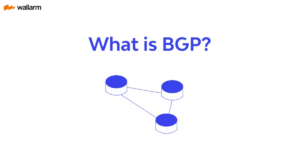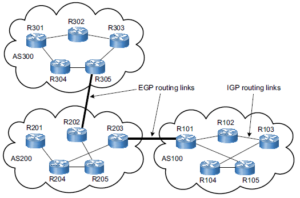EIGRP: Successor, Feasible Successor, and Reported Distance
2 min read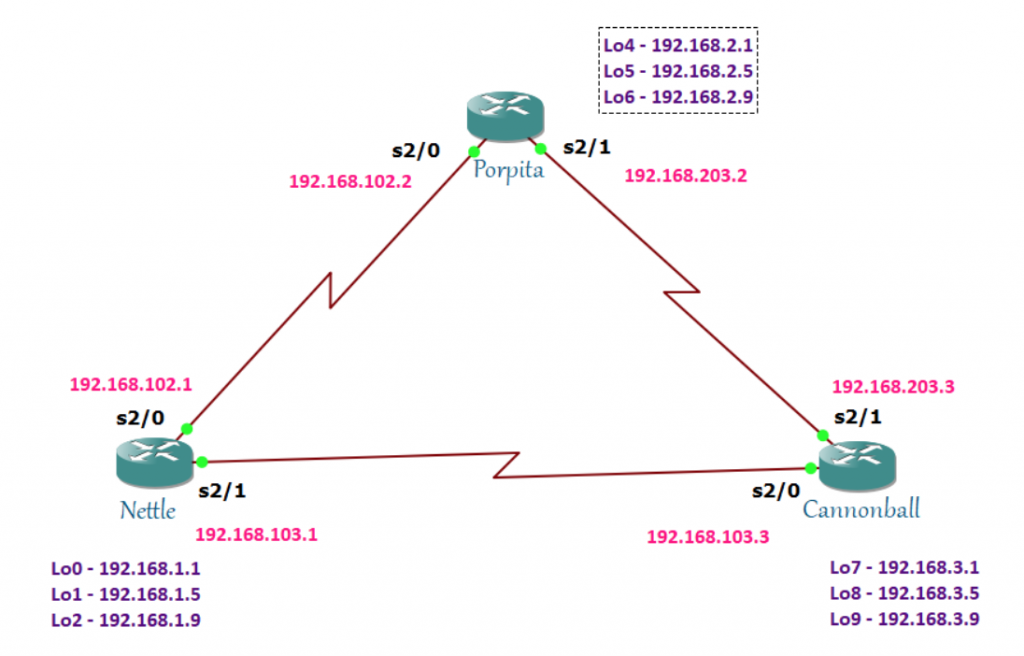
EIGRP really hates the querying process so it always preferred to have a backup route in case the link to a destination is unreachable. And, that backup route is the feasible successor. A feasible successor is a backup path used in the event the successor route disappears. It can be seen in the EIGRP topology table and because of this, the router doesn’t need to recalculate the metric. It automatically chooses the feasible successor when successor route fails.
Now that you know the feasible successor, automatically you know what the successor is. The successor is the best route to the destination. Unlike feasible successor that can only be seen in the topology table, it is seen in the routing table. Of course, the routing table has the best routes.
So what is reported distance? Is it the same with advertised distance? Actually, they are just the same. Reported distance / advertised distance is the cost from the next hop router to the destination.
Once you know the reported distance, you’ll find it easy to know the feasible distance (FD). It is the route with the lowest metric in each network. It is the total cost from the local router to the destination.
Since the idea of the successor, feasible distance, reported distance, and the feasible successor is clear to you, let me introduce the feasibility condition. Not all successors have a feasible successor. This is because of the feasibility condition.
Here is the formula:
FC = AD of FS < FD of S
The feasible successor route will not be entered into the topology table if its AD is greater than the FD of the successor.
Let’s take a look at these three routers: Nettle, Porpita, and Cannonball. Let’s verify the FD.
Checking the interfaces:



What is inside Nettle’s topology?
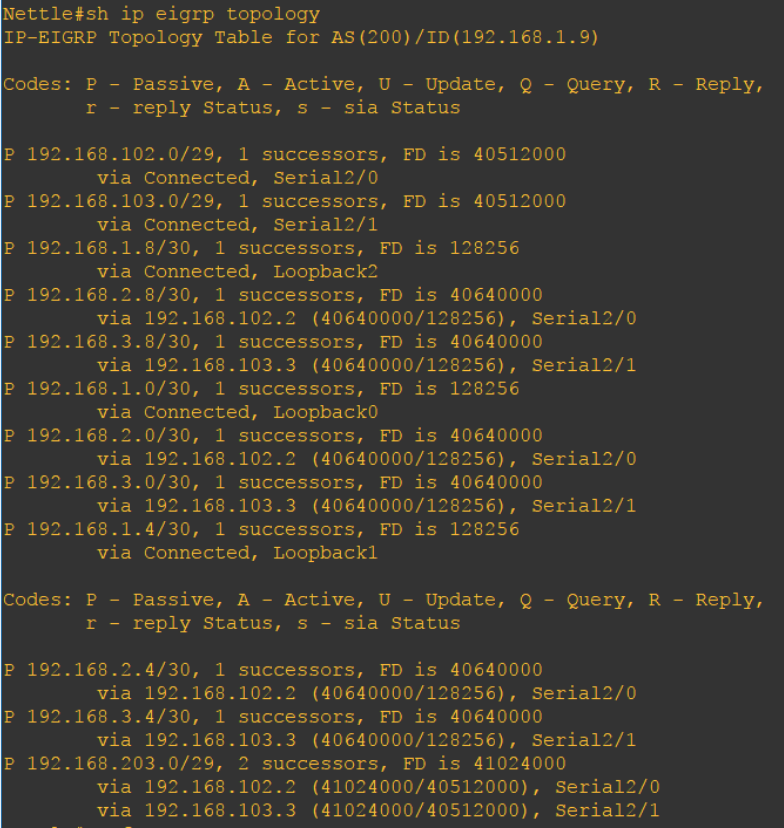
Let us pick the 192.168.203.0 network. There are 2 routes to go to 192.168.203.0 network. The first route is via the 192.168.102.2 of Porpita on the S2/0 or via the 192.168.103.3 of Cannonball on the s2/1 interface. As you noticed, both have the same FD of 41024000. Both are installed in the topology table and since they have the same FD both will be installed in the routing table.
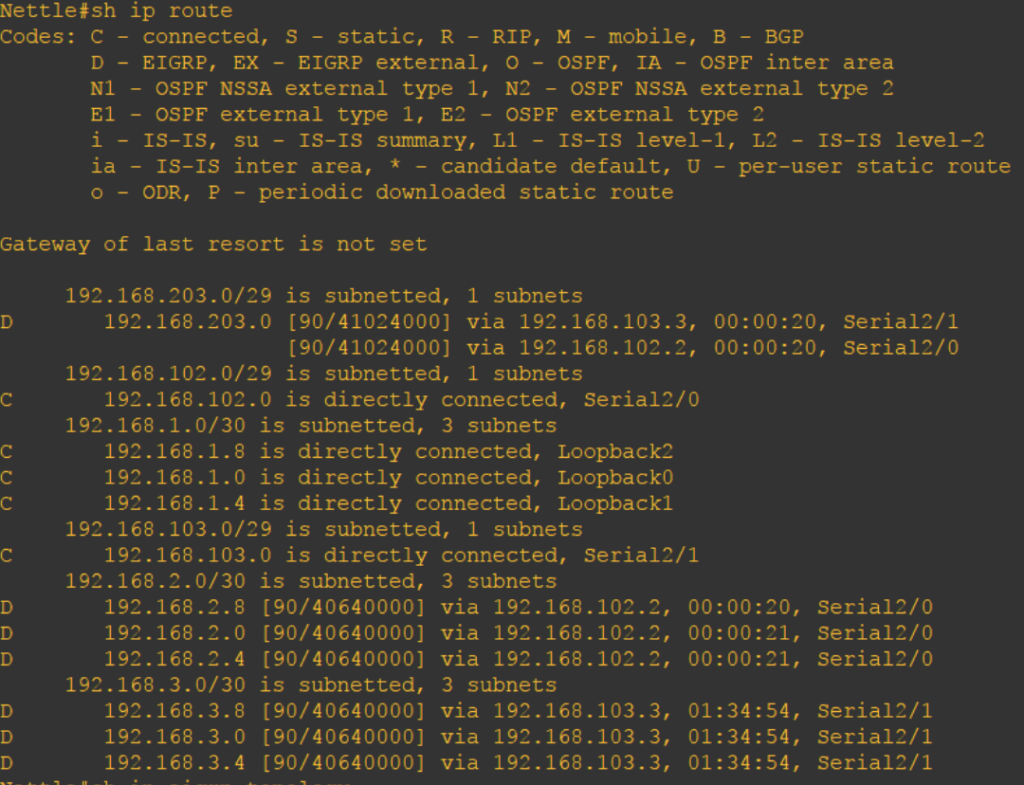
Let’s check Cannonball’s topology table:
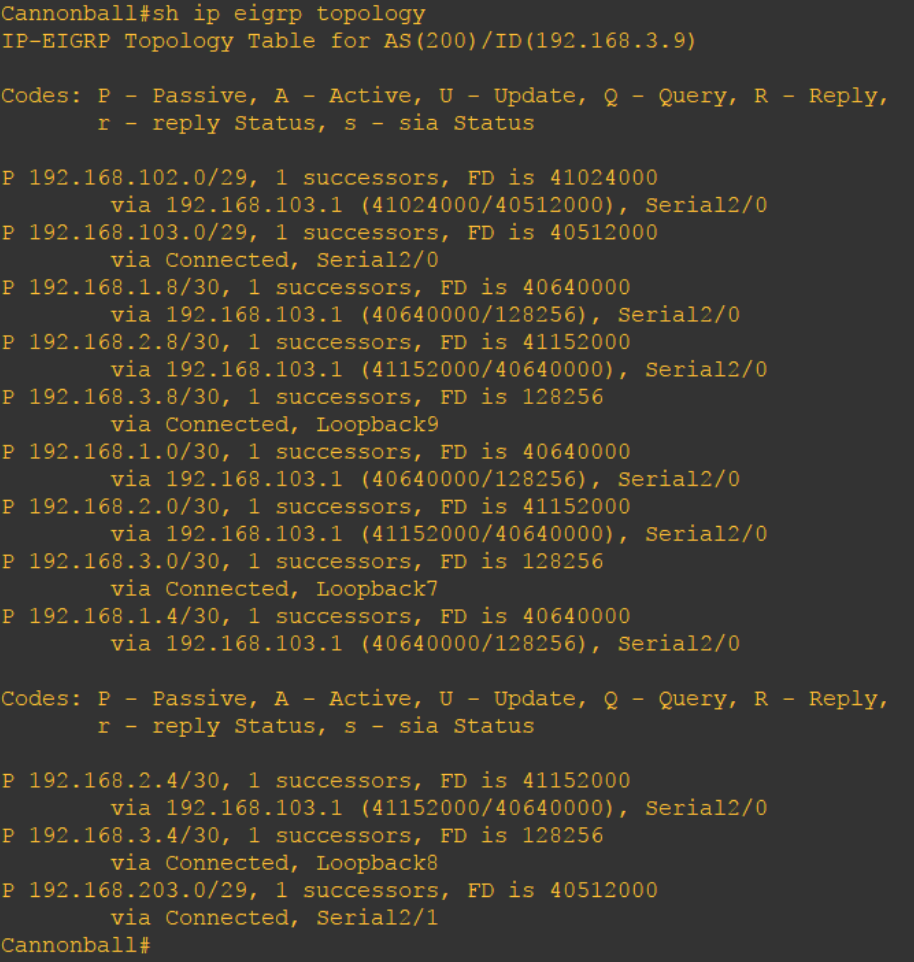
Look at 192.168.2.0 network. There is no feasible successor for this route. Wonder why? Because the AD of 192.168.203.2 is equal to the FD of 192.168.103.1 which is 40640000. Remember, that in order to become a feasible successor it should meet the feasibility condition where its AD should not be greater than or equal to the successor’s FD. You can see the AD of 192.168.203.2 by using the “show ip eigrp topology 192.168.2.0/30” command.

